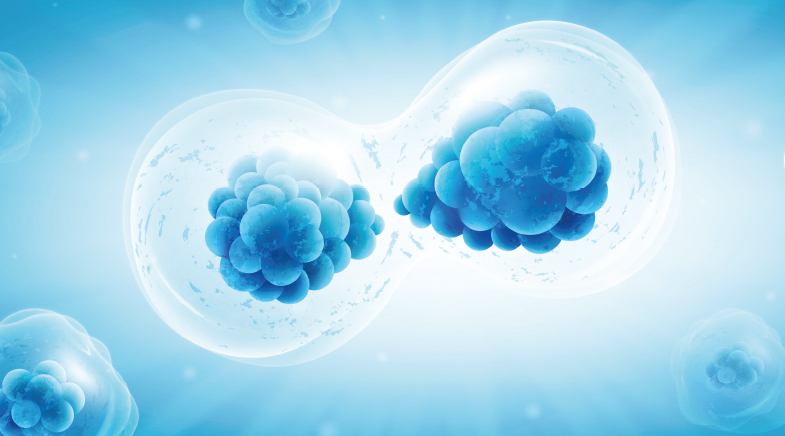Architect's plan and builder's craft
-
- from Shaastra :: vol 03 issue 06 :: Jul 2024

The genetic influence is important, for sure, but cells, too, are critical to how we are made.
Each human — with about 40 trillion cells in their body — is a descendant of one cell. The fertilised egg, or zygote, divides to give birth to two daughter cells, each of which divides, and so on. This process of cell division continues, during which groups of cells become committed to take on different fates — such as nerve cells, blood, cartilage, bone, and so on — and then differentiate to take the final forms of these structures.
Development is usually robust. Limbs are usually in the right place, eyes function the way they should, as do the heart and lungs. Roots develop below ground and flowers above. Developmental biology is about understanding the mechanisms underlying how organisms are made.
PAST ISSUES - Free to Read


Have a
story idea?
Tell us.
Do you have a recent research paper or an idea for a science/technology-themed article that you'd like to tell us about?
GET IN TOUCH















